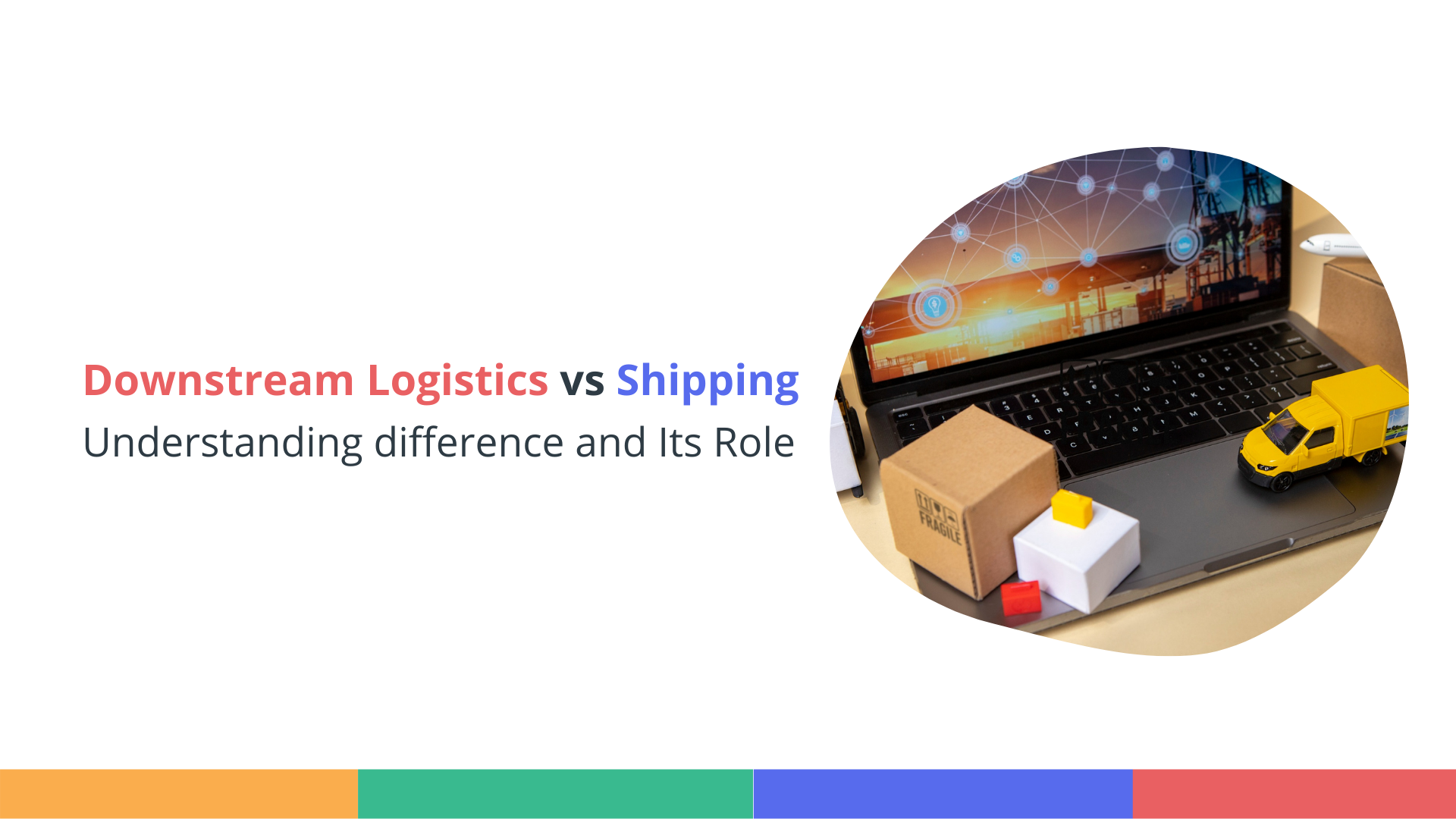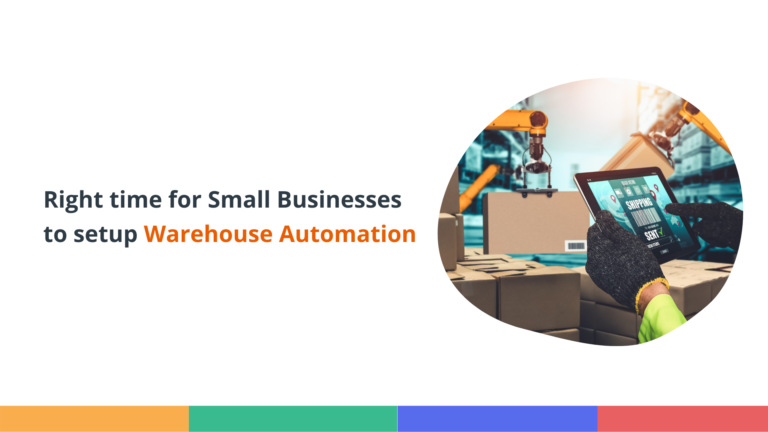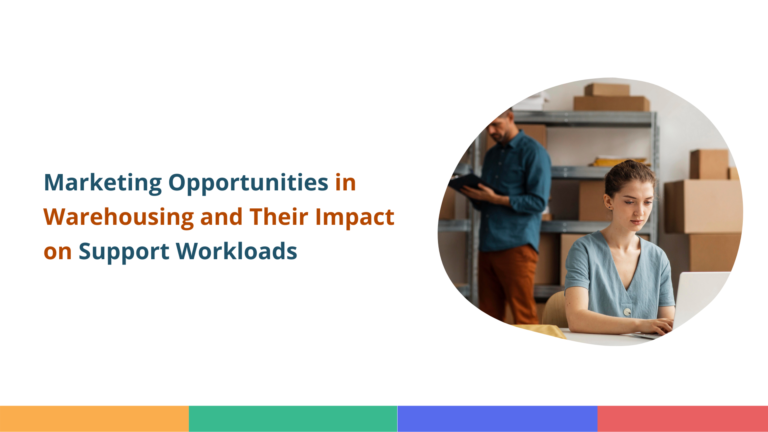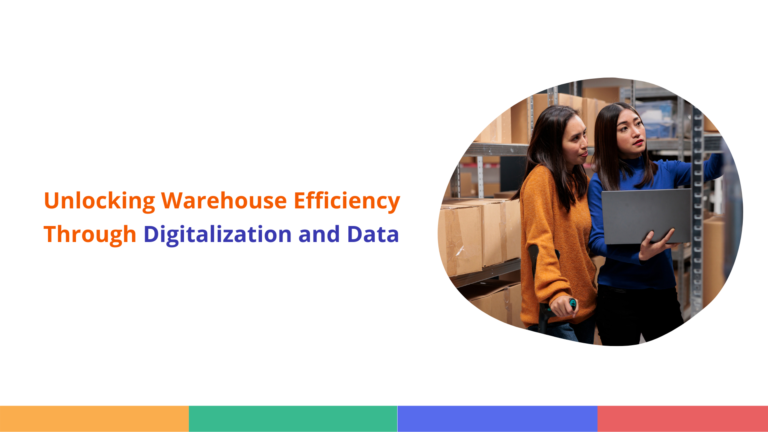Let’s understand About Downstream Logistics vs Shipping
When it comes to the world of logistics, you often hear terms like “upstream” and “downstream.” While upstream logistics focuses on getting raw materials to manufacturers, downstream logistics is all about moving finished products to the end consumer. It’s a crucial piece of the supply chain puzzle that ensures customers receive what they ordered, when they want it, and in perfect condition.
Let’s break it down in simple terms: downstream logistics is the journey of a product after it’s manufactured. It includes activities like storage, packaging, shipping, and delivery to customers. Whether it’s a box of cereal at your local grocery store or a pair of sneakers delivered to your doorstep, downstream logistics makes it all happen.
Also Read This, Click Here : Upstream: From Factory/Wholesaler to Warehouse
What Exactly Is Downstream Logistics?
Think of downstream logistics as the last mile of a relay race. The baton has passed through many hands—raw materials, production lines, and warehouses. Now, it’s the runner’s job to cross the finish line (i.e., get the product to the customer).
Downstream logistics involves several key steps:
- Storage and Warehousing: Once products are manufactured, they’re stored in warehouses. Proper storage is critical to maintaining product quality, especially for temperature-sensitive items like food or medicine.
- Order Preparation: When a customer places an order, products are picked, packed, and prepared for shipment. This step often includes labeling and overpacking to ensure safe delivery.
- Transportation and Delivery: The final step is transporting the products to their destination. This can include long-distance hauling to distribution centers and local delivery to customers, also known as “last-mile delivery.”
- Returns and Reverse Logistics: Sometimes, customers return products. Downstream logistics also covers the process of retrieving, inspecting, and restocking or disposing of returned items.
Let’s Discuss About Difference Between Downstream Logistics vs Shipping
Downstream Logistics vs Shipping: What’s the Difference?
While the terms “shipping” and “downstream logistics” are often used interchangeably, they’re not the same thing. Shipping is just one part of downstream logistics. Let’s break it down further.
1. Scope:
- Shipping is primarily the physical act of transporting goods from one point to another, like moving a container from a warehouse to a retailer or delivering a package to a customer’s doorstep.
- Downstream logistics is broader and includes storage, inventory management, order fulfillment, and even customer returns.
2. Quantity:
- Shipping typically deals with large quantities or bulk shipments. Think pallets of products being transported by a freight carrier.
- Downstream logistics often focuses on individual or smaller packages, especially when dealing with e-commerce orders.
3. Carriers Involved:
- Shipping may involve multiple carriers, such as freight, rail, or air transport.
- Downstream logistics often relies on local carriers or last-mile delivery providers to reach the end customer.
4. Customer Interaction:
- Shipping is more behind the scenes, with limited interaction between the customer and the shipping process.
- Downstream logistics directly impacts the customer experience, especially through timely delivery and real-time tracking updates.
Why Downstream Logistics Matters
In today’s fast-paced, customer-centric world, downstream logistics is more important than ever. A few key reasons why it’s critical:
- Customer Satisfaction: Late or damaged deliveries can ruin a brand’s reputation. Efficient downstream logistics ensures happy customers who are more likely to become repeat buyers.
- Competitive Advantage: Companies like Amazon have set the gold standard for fast, reliable delivery. To stay competitive, businesses need to optimize their downstream operations.
- Cost Efficiency: Streamlined downstream logistics can save businesses money by reducing wasted resources and improving delivery efficiency.
- Adapting to Trends: With more people shopping online, businesses must cater to changing consumer demands, such as same-day delivery or sustainable packaging.
Technology’s Role in Downstream Logistics
The rise of technology has revolutionized downstream logistics. Tools like real-time tracking, route optimization software, and automated warehouse systems make it easier than ever to get products to customers quickly and efficiently.
For example, many companies now use AI-driven tools to predict delivery times and optimize delivery routes. These technologies don’t just save money—they also enhance the customer experience by offering transparency and reliability.
Conclusion: Downstream Logistics Is the Last Mile That Counts
Downstream logistics may not be glamorous, but it’s the backbone of any successful supply chain. It’s what gets products from warehouses to customers, ensuring they arrive on time and in excellent condition.
By understanding the nuances of downstream logistics—and how it differs from Downstream Logistics vs Shipping—businesses can better plan their operations, reduce costs, and keep customers happy. As consumer expectations continue to rise, investing in efficient downstream logistics is no longer optional—it’s essential for staying competitive in today’s marketplace.
How well are your downstream logistics working? It might just be time to evaluate and optimize!




